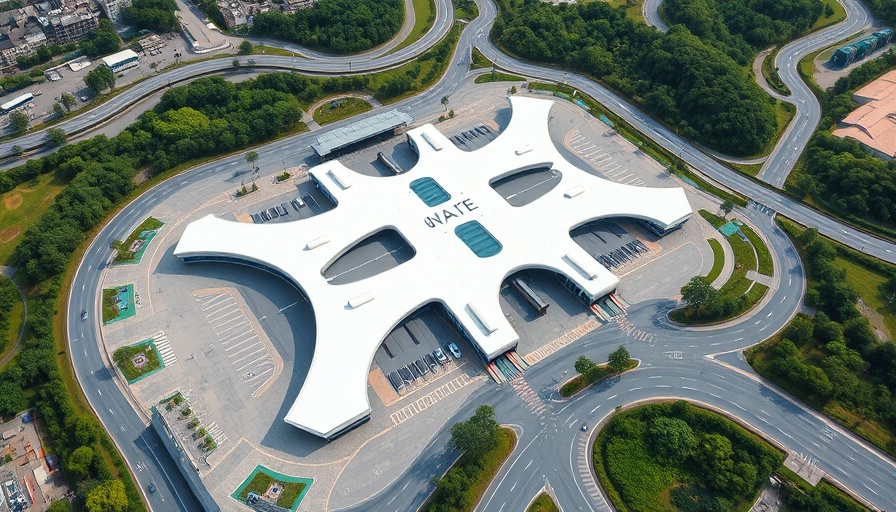
Northwest Transportation Agencies Unite for Seamless Connectivity
In an era where efficiency is king, the transportation landscape in the Northwest is undergoing a significant transformation. Agencies across the region are prioritizing connectivity among various transportation modes and partners to streamline processes and improve outcomes. As we look toward the future of mobility, it's essential to grasp the importance of integrating these infrastructures, not just for convenience, but for economic and environmental sustainability.
The Push for Integrated Mobility Solutions
The push for integrated mobility solutions isn’t merely about getting from point A to B; it’s about creating a seamless experience for users. Transportation agencies, driven by innovation and necessity, are collaborating to improve transit options, thereby minimizing congestion and enhancing accessibility. The focus on multiple modes of transport—from buses and trains to biking and pedestrian pathways—is crucial in achieving a cohesive network that effectively meets the diverse needs of the population.
Connecting Communities: A Step Towards Sustainability
Moreover, enhancing connectivity goes hand in hand with sustainable building practices. By linking public transport systems with bike-sharing initiatives and pedestrian-friendly pathways, we encourage greener commuting options. According to experts in sustainable construction, cities that prioritize walking and bike paths see a significant decrease in carbon emissions. This not only benefits the environment but also fosters healthier lifestyles among residents.
The Role of Technology in Urban Mobility
Technology plays a pivotal role in this transition. Smart city initiatives are being launched to gather data on usage patterns and infrastructure needs, enabling transportation agencies to make informed decisions. For instance, incorporating real-time tracking systems can help commuters plan their journeys more efficiently, while also reducing wait times—a win-win for both users and service providers.
Challenges and Opportunities Ahead
While the vision for a connected transportation network is promising, several challenges remain. Funding for such expansive projects is always a concern, and competing interests may pose obstacles to seamless integration. However, the opportunities for collaboration and innovation are vast. As stakeholders—ranging from government bodies to private sector players—work together, we can pave the way for a transportation system that not only supports economic growth but also enhances quality of life.
In conclusion, the journey towards a well-connected transportation network in the Northwest is just beginning. It’s essential for construction companies and tech innovators alike to stay attuned to these developments, as they could influence the planning and execution of future projects. Consequently, as we strive for efficiency, cost management, and quality outcomes in construction, understanding transportation connectivity becomes not just beneficial but vital.
Ready to take part in shaping the future of connectivity in your community? Join us in advocating for innovative transportation solutions that connect modes and partners seamlessly.
 Add Row
Add Row  Add
Add 




Write A Comment